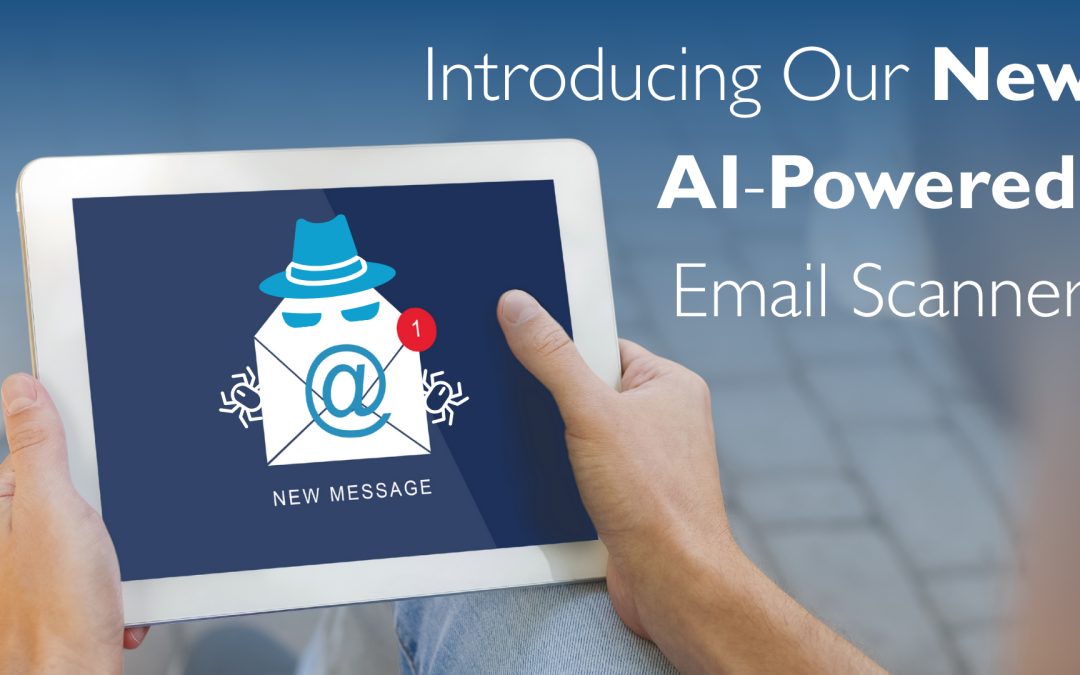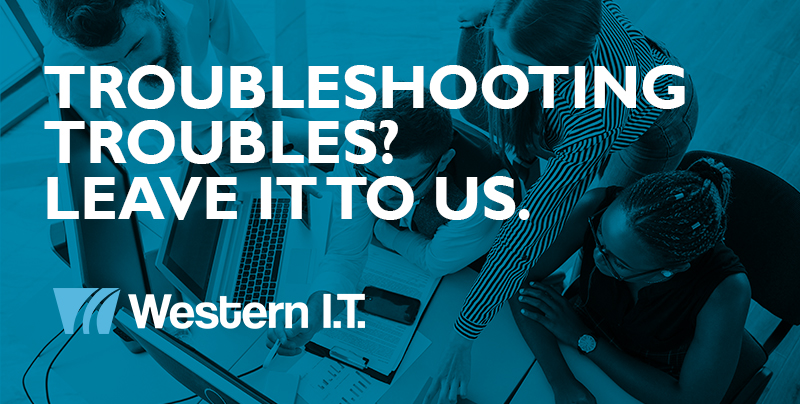Why Businesses Are Turning to Western IT? Are rising IT costs putting pressure on your operational budget?For many small to...


Why Businesses Are Turning to Western IT? Are rising IT costs putting pressure on your operational budget?For many small to...

Stay Safer, One Email at a Time: Introducing Our New AI-Powered Email Scanner In today's rapidly evolving digital landscape,...

Why Your Business Needs Cybersecurity More Than Ever? In today's hyper-connected digital world, cybersecurity is no longer a...

In today's rapidly evolving digital landscape, businesses face an unprecedented challenge: maximizing their IT team's strategic...

Is your business Data still storing its server in the backroom of your office?If so, you're not alone—and you're also not fully...
Windows 10 Is Retiring: What It Means and What You Should Do
Microsoft has officially announced that Windows 10 will reach its end of life on October 14, 2025. If your organization is still using Windows 10, it’s important to plan ahead. This deadline might seem far off, but preparing now can save your business from security risks, downtime, and unexpected costs later.
What Does “End of Life” Mean?
When an operating system (like Windows 10) reaches its end of life (EOL), Microsoft stops providing updates, including important security patches, bug fixes, and technical support. While your devices may still work, they’ll become increasingly vulnerable to cyber threats and won’t support newer apps or hardware.
To prepare for the EOL of Windows 10, organizations typically need to choose one of three paths:
Option 1: Migrate to Windows 11
Migrating to Windows 11 is the most future-proof option. It ensures your organization stays current, secure, and supported.
Key Benefits of Upgrading:
Hardware Considerations:
Not all Windows 10 PCs are compatible with Windows 11. Some older hardware may not meet the system requirements. At Western I.T., we can help you:
Option 2: Extend Windows 10 Life with ESU (Extended Security Updates)
If upgrading all devices to Windows 11 by the EOL date isn’t possible, Microsoft offers Extended Security Updates (ESUs) to buy your organization more time.
What You Need to Know:
What’s Included:
Important: Costs for ESU will likely increase each year, and this path should be considered a short-term solution.
Option 3: Do Nothing (Not Recommended)
Technically, you can keep using Windows 10 after October 14, 2025. But here’s what you’re risking:
Eventually, you may be forced to upgrade due to application or hardware compatibility—even if it’s at a much higher cost.
What Should Your Organization Do?
Choosing the right path depends on your business needs, budget, and hardware. Here’s how Western I.T. can help:
Whether you want to upgrade, extend support, or phase out older hardware, we’re here to guide you every step of the way.
Act Now – The Clock Is Ticking Don’t wait until the last minute. Reach out to Western I.T. today to build a plan and make sure your business stays protected and productive beyond 2025.
Managed IT Services have become one of the most important technology investments a business can make in 2026. As cyber...
Why Businesses Are Turning to Western IT? Are rising IT costs putting pressure on your operational budget?For many...
Stay Safer, One Email at a Time: Introducing Our New AI-Powered Email Scanner In today's rapidly evolving digital...